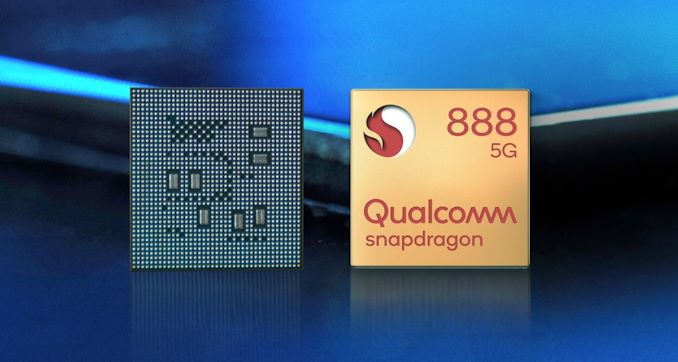The Qualcomm PMI632 is a power management integrated circuit (PMIC) used in Mobile Devices, particularly for managing multiple power rails, including DC-DC buck converters, LDO regulators, and power sequencing. It's commonly used to manage power for processors, RF components, memory, and other key subsystems in mobile platforms.
If you're looking for equivalent ICs to the Qualcomm PMI632, you would typically be looking for multi-output PMICs with similar functions, including:
Buck converters for efficient step-down voltage regulation.
LDO (Low Dropout Regulator) outputs for sensitive voltage rails.
Power sequencing capabilities to ensure proper startup and shutdown of different system components.
Efficiency and integration for battery-powered mobile or embedded applications.
Here are some possible equivalents from other manufacturers:
1. Texas Instruments (TI) PMICs
TPS65218: A highly integrated PMIC with several outputs (both buck converters and LDOs), designed for mobile applications. It includes features like programmable power sequencing and monitoring, much like the PMI632.
TPS65221: Another TI PMIC with multiple buck converters, LDOs, and advanced power management features. This IC is commonly used in mobile and IoT applications.
2. Analog Devices (Linear Technology)
LTC3589: A highly integrated PMIC with multiple outputs, including DC-DC converters and LDOs. It's designed for portable applications, similar to the PMI632, with features for managing power in complex systems.
LTC3555: A multi-output PMIC with multiple buck regulators and LDOs, ideal for applications needing efficient power conversion and low power consumption.
3. Maxim Integrated
MAX77650: This is a multi-output PMIC with integrated buck converters, LDOs, and power sequencing. It is designed for power management in mobile devices and wearables, which would be a close match to the features of the PMI632.
MAX20095: A highly integrated PMIC featuring multiple output voltage rails, including buck regulators and LDOs, suitable for mobile devices and low-power systems.
4. ON Semiconductor (ON Semi)
FAN5362: A multi-output PMIC that integrates both buck converters and LDO regulators. It’s designed to provide efficient power management for mobile and consumer electronics applications.
NCP4681: A PMIC designed for low-power systems, including several LDO regulators that could complement buck regulators for mobile applications.
5. Microchip (Atmel)
MCP16502: A highly integrated PMIC with several buck and LDO regulators. It's designed for mobile devices and provides the kind of flexibility seen in the PMI632 for managing multiple power rails.
MIC5365: While primarily an LDO regulator, Microchip also offers a number of multi-output PMICs suitable for mobile applications.
6. Infineon Technologies
IR3891: A digital power management IC with flexible control of multiple output voltage rails, designed for use in complex mobile or embedded systems.
TLE9201-2: A PMIC with multiple DC-DC converters and LDOs, designed for automotive and industrial applications, but could be adapted to certain mobile or embedded applications.
7. NXP Semiconductors
PF1550: A multi-output PMIC that features both buck regulators and LDOs, with sequencing and monitoring features suitable for mobile platforms.
MC34PF050: Another multi-output PMIC with similar features for mobile and embedded applications.
Key Considerations for Finding Equivalents:
When selecting a PMIC to replace or work similarly to the Qualcomm PMI632, consider the following factors:
Number and types of outputs: Ensure the IC has the necessary number of buck converters and LDOs for your specific power rail requirements.
Power sequencing: Look for ICs that offer customizable or programmable power sequencing, especially if your system has strict startup and shutdown requirements.
Efficiency and thermal performance: Make sure the IC offers high efficiency for battery-powered devices, as well as good thermal performance to prevent overheating.
Package compatibility: Verify that the PMIC fits in your system's size and layout constraints.
Each of these manufacturers provides a range of options, so you’ll want to choose the one that best matches your specific design requirements in terms of power needs, efficiency, integration, and overall system compatibility.
Other

What is HBM (High Bandwidth Memory)?
2024.09.05

What is Antenna Tuner IC?
2024.09.20

What’s the Difference between LPDDR and DDR?
2024.09.25

Snapdragon 888 5G Mobile Platform
2024.09.26

What is WiFi 6E?
2024.09.26

What is Bluetooth Audio SoC?
2024.09.26

What's HBM3E (High Bandwidth Memory 3)?
2024.09.26

What is an Audio Codec?
2024.10.09





